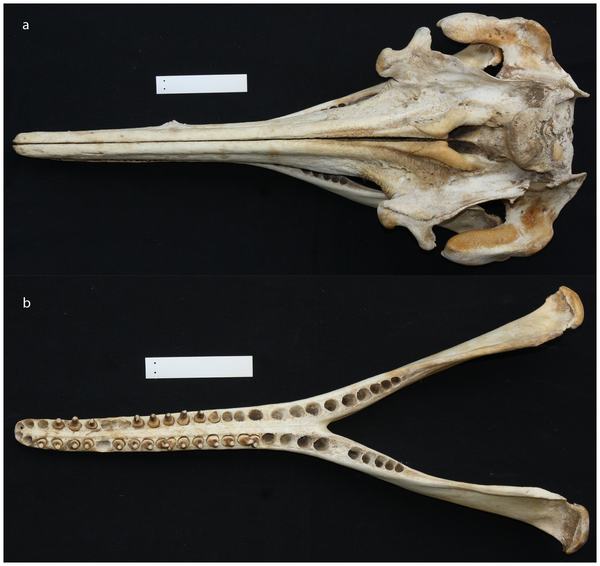New River Dolphin Species Discovered For First Time In 100 Years, Araguaian Boto Has ‘Pretty Bleak’ Future [PHOTO]

A new species of river dolphin has been discovered by scientists in Brazil, the first of its kind to be discovered in almost 100 years.
Known as the Inia araguaiaensis or the Araguaian Boto, the species evolved 2.08 million years ago and currently lives in the Araguaia river basin. It's considered the fifth known species of its kind in the world, the majority of which are classified as critically endangered by the International Union for Conservation of Nature.
"It was something that was very unexpected, it is an area where people see them all the time, they are a large mammal,. The thing is, nobody really looked. It is very exciting," Tomas Hrbek of the Federal University of Amazonas in Manaus, Brazil, who coauthored the paper published in Plos On, told the BBC.
The dolphin was identified using DNA samples collected from dolphins in both the Araguaia river and the Tocantins river. The new species has a smaller head, and has 24 teeth per jaw, compared to the 25 to 29 found in the Amazon's other river dolphins.
"We looked at the mitochondrial DNA, which is essentially looking at the lineages, and there is no sharing of lineages,” Hrbek said. "The groups that we see, the haplotypes, are much more closely related to each other than they are to groups elsewhere. For this to happen, the groups must have been isolated from each other for a long time.”
Scientists knew river dolphins lived in the region and suspected they belonged to their own species since a network of rapids separated them from other groups of river dolphins.
Hrbek suspects the species was isolated from another river dolphin species, called I. geoffrensis, for more than 2 million years. The two split when the mouth of the Araguaia River shifted to the east, emptying into the Atlantic Ocean instead of the Amazon River. Their habitats may overlap downriver, triggering scientists to conduct further research to see whether or not interbreeding has taken place.
“That would be conclusive evidence of biological species-level differences—a natural test,” Scott Baker, a conservation geneticist at Oregon State University, Corvallis, who was not involved in the research, told Science.
River dolphins are considered one of the world’s rarest animals. They are believed to be distant relatives to the sea-dwelling dolphins and have long beaks that allow them to hunt for fish along the river beds.
Much like the other river dolphin species, the Araguaian Boto may be threatened, scientists say.
"Its future is pretty bleak," Hrbek told the New Scientist. "The Araguaia-Tocantins basin suffers huge human disturbance and there are probably less than 1,000 I. araguaiaensis in existence."
Since the 1960s, the Araguaia river basin has been the site of human development including agriculture, ranching activities, and the construction of hydroelectric dams, the authors wrote in the study.
"The dolphins are at the top of the line; they eat a lot of fish," Hrbek said. "They rob fishing nets so the fishermen tend to not like them, and people shoot them."
© Copyright IBTimes 2024. All rights reserved.





















